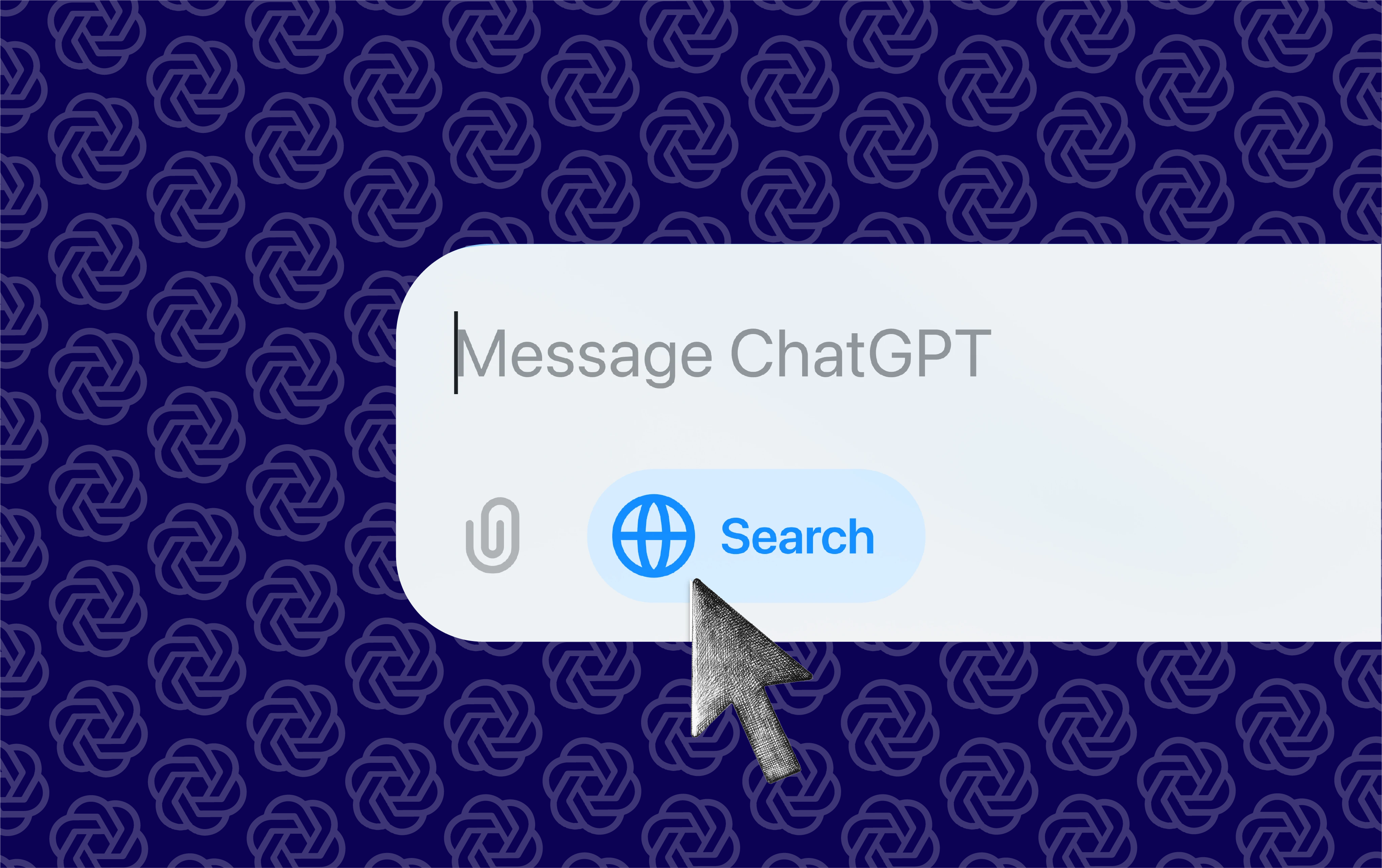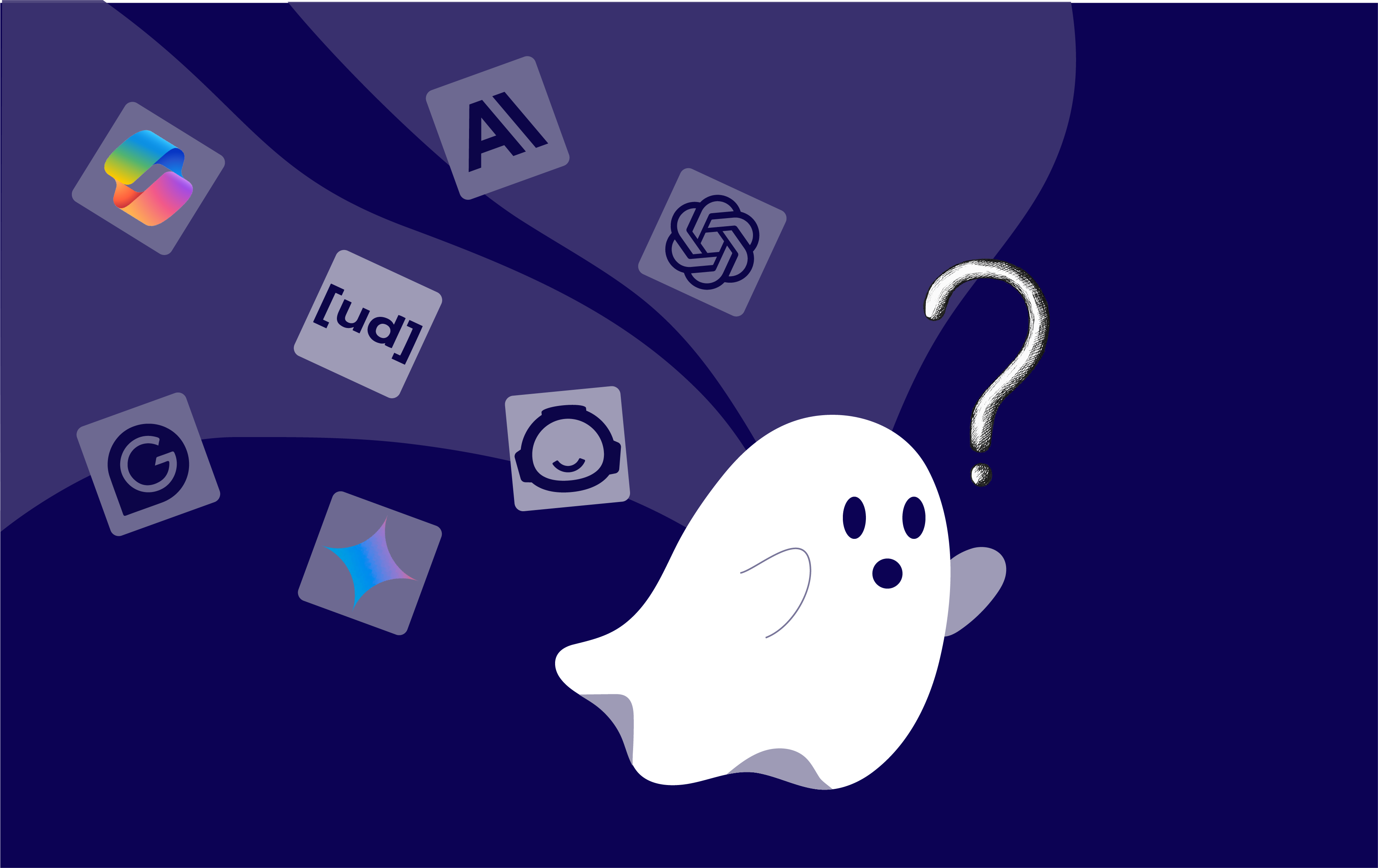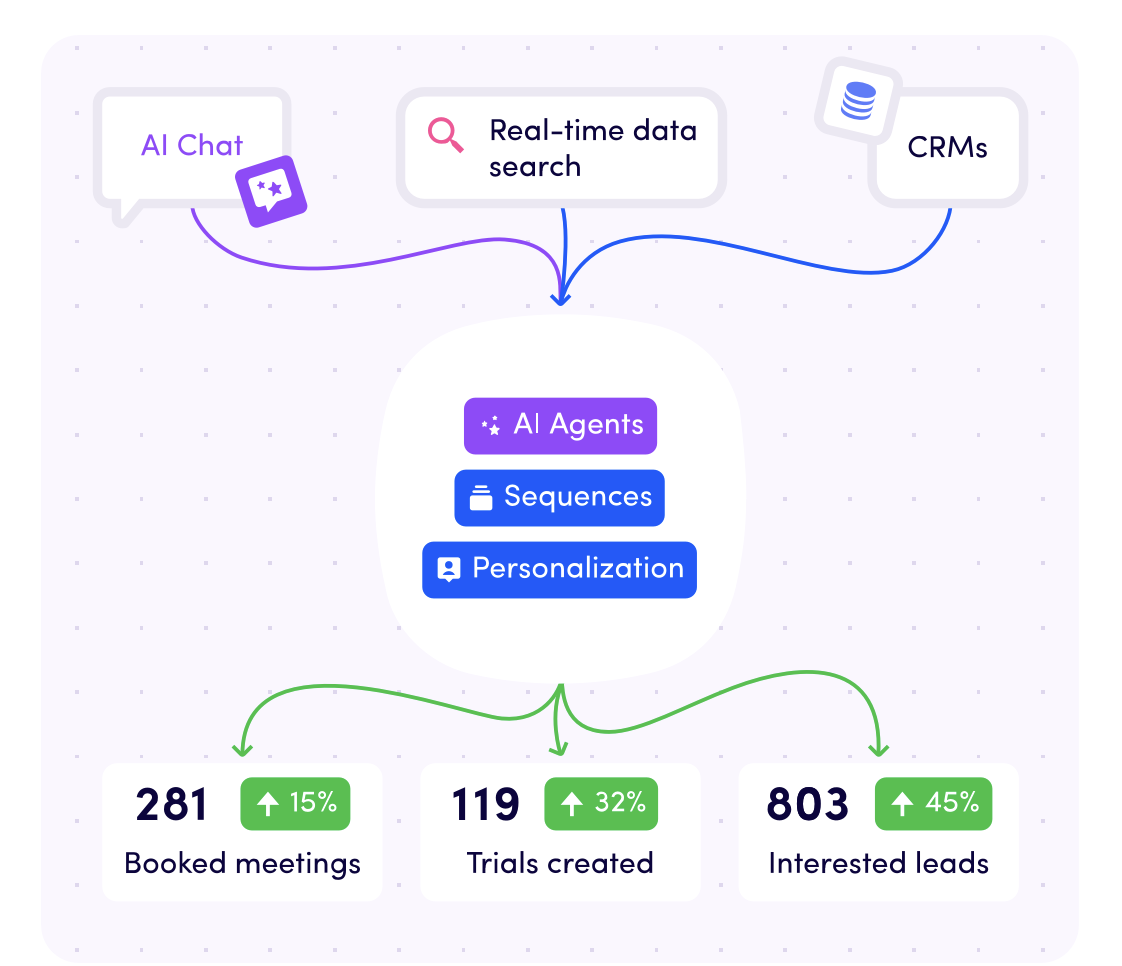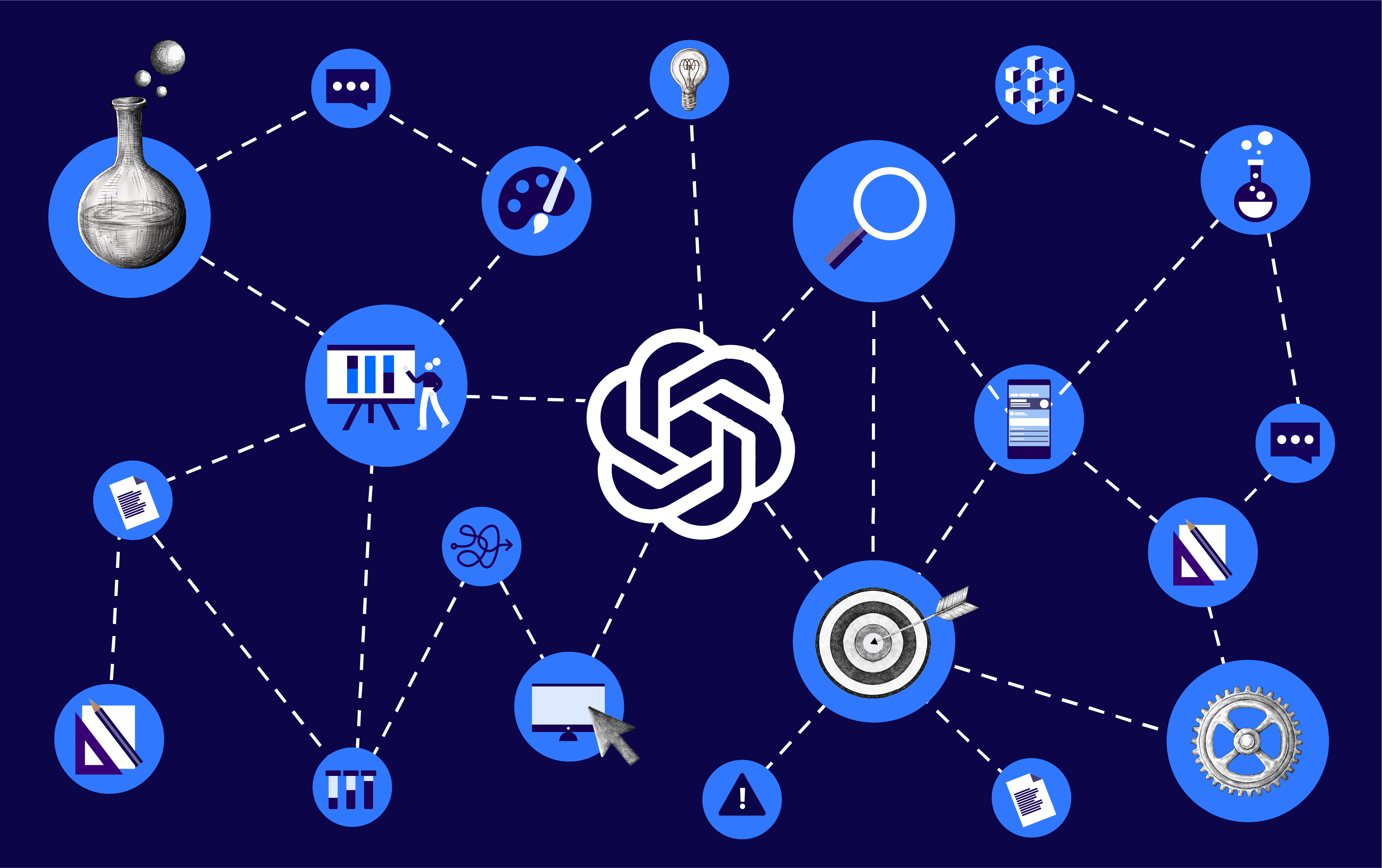The 6 Best ChatGPT Alternatives You Should Try

Let’s face it, you’re here because you’ve been inundated with internet chatter surrounding OpenAI’s immensely popular new AI language model - ChatGPT.
It’s the talk of the town at the moment and with good reason. ChatGPT is built on GPT-3.5 (GPT 4 is available but still not the final vesion).
It's an iteration of OpenAI’s advanced chatbot model that allows users to do a bunch of cool stuff by submitting prompts. which in practice, is frankly quite impressive.
So far, ChatGPT users have explored a wide range of applications for the AI-Powered chatbot. From writing tasks to asking it to write poems, essays and programming languages.
The potential is virtually limitless as this AI-Driven chatbot (trained on billions of text from across the internet) generates responses and learns from its mistakes.
And so far, the creators of ChatGPT (including Elon Musk) have hit a pretty interesting target.
But, with over 100 million registered users, it’s a tad crowded over at the OpenAI server room, making many newcomers unable to access this shiny new tool.
The good news is several brilliant ChatGPT alternatives utilise the same advanced language model and offer a similar experience.
In some cases better depending on what you want to use it for.
Relax, you don’t need to go poking around the internet to find them as we’ve rounded up the best ChatGPT alternatives right here in this article. *Air hugs*
And if you are interested in becoming an AI for Business Expert, we have the right crash course for you!
TABLE OF CONTENT
The Best ChatGPT Alternatives
1. Chatsonic
Chatsonic is a sophisticated AI-powered chatbot that uses GPT-3.5 technology to answer questions, generate high-quality content and even respond to complex topics.
![]()
But they made no apologies for claiming to “address the limitations of ChatGPT.
It's designed to work with a search engine like Google and has impressive voice commands like "search this" or "show me". So you can quickly tell it what you want to find.
The integration with Google is the major difference between the two AIs. Which means it can access real-time up-to-date information whereas ChatGPT has only been trained on data leading up to 2021.
This does give Chatsonic's a noticeable edge and causes fewer errors than its competitor.
Its neural language models have better data to access about a wide range of topics.
There is a wide variety of features to play with too. Chatsonic allows users to perform voice search, much like AI assistants such as Siri or Alexa.
And it can also generate digital artwork using the Artificial Intelligence. Two additional features not included with OpenAI’s chatbot.
All of this comes at a cost. Chatsonic does offer a starter pack that includes 10,000 words for one user.
But anything further will require users to step up a tier for $12.67 per month.
If you’re interested in writing quality long-form content like blogs or producing graphics regularly, there’s definitely an appeal to paying a premium plan to access this powerful tool.
Tip
Did you know that you can create a Chatsonic Slack Bot? Here is an interesting video for you!
2. Jasper Chat
Jasper, a popular AI content generator, has been making waves in the industry for quite some time.
Its robust features are specifically designed to cater to marketers and advertisers, writing content such as blogs, video scripts, ad copy, and more.
Jasper’s latest iteration comes in the form of Jasper Chat, an AI chatbot backed by OpenAI and built on the same language model as ChatGPT.
This makes it a great alternative to build conversational experiences.
Whilst Jasper Chat does allow users to toggle a setting that connects to Google, the model has been trained using data up to mid-2021 (available in 30+ languages).
A restriction to its writing skills it shares with its contemporary ChatGPT.
In practice, Jasper Chat performs almost identically to ChatGPT.
You submit natural language inputs and let the AI generate human-like responses that understand the context.
Jasper Chat has three scaleable pricing monthly plans each with unique features.
Starting from $24 per month users can expect 20,000 words per month with access to Jasper Chat, AI templates and email support.
For Jasper’s “Boss Mode”, users get automated workflows, greater editing tools and 50,000 words for $49 per month.
There’s also the choice to contact Jasper’s sales team and create a custom “Business Plan" if you need to tweak your package and features to suit.
3. Google Bard
Google’s Bard AI's conversational language is the next-generation LaMDA which makes it reach higher natural language processing capabilities.
As it stands, Google Bard's lightweight version is only available to a limited user base. US market has a priority access while they gather feedback before rolling it out to a wider user base.
But the chat interface is already very pleasant and you can build quite complex conversations.
As with anything the tech juggernaut puts its touch to, you can expect Google to refine the formula with military precision that will eventually become the new precedent.
And given the high quality content that this AI-powered tool is already generating, the future is exciting.
For the time being though, Google Bard AI is still in an experimental phase.
But if you’re lucky enough to use it, you’ll be treated to the same deep learning machine algorithms present in ChatGPT. Coupled with the ability to access real-time data.
Bard will be an AI chatbot worth keeping your eye on, particularly in how it integrates with Google’s extensive suite of software and tools.
And one last detail: it's free to use right now. No trial period, no premium subscription. But who knows how long that will last.
TIP
For Content Creators: Be as specific as possible with the input prompt and the AI-powered writing assistant will not dissapoint you. And ask follow-up questions if you need to.
4. Microsoft Bing
Microsoft has been flirting with OpenAI since 2016.
They essentially provided OpenAI with the cloud computing platform necessary to power ChatGPT’s AI and have pledged a $10 billion investment just recently.
As a result of Microsoft and OpenAI’s partnership, the former has unveiled its brand new search engine powered by ChatGPT’s natural language processing, Microsft Bing Chat.
The new chat mode is currently in preview, but it already has a very user-friendly interface and it operates on the the last Generative Pre-trained Transformer (GPT-4).
This gives it suprising natural language processing techniques that will help you a lot in a wide range of activities.
It operates pretty much the same way as ChatGPT with users submitting prompts and waiting for conversational responses generated by the AI.
As with a few of ChatGPT’s alternatives, Bing AI's information comes straight from the web, meaning it can access current complex topics and events.
In addition, Bing AI Chat also links back to sources. This lets it justify the responses to reduce misinformation and constant fact-checking. A feature ChatGPT is criticised for lacking.
TIP
Together with Bing Chat comes the AI-powered Bing Image Creator. Just write "Bing Image Creator" on your search engine.
Register and you are ready to use it. But we suggest to read a few guides about the Dall-E prompts. This will give you a much better AI image generation.
5. YouChat
YouChat has a lot going for it as a dedicated search engine powered by the same GTP-3.5 large language model from OpenAI.
First of all, you'll have a quick access into chatting with its AI chatbot with little to no friction, as it’s less popular than ChatGPT.
Secondly, YouChat is connected to the internet which means it can provide real-time human-like responses to queries but also includes citations for its sources.
So you know where the information has come from for verification.
The last major benefit of this ChatGPT alternative is that it's completely free to use. No premium plan around here.
The only things you won’t find in YouChat compared to some of its competitors is a lack of voice command prompts, AI image generation and larger character limits.
As an AI chatbot though, for users wanting to chat, summarise texts, write code or generate content, YouChat is an excellent alternative to ChatGPT.
6. Socratic
Socratic is developed by Google and represents a slight departure from our list.
But is still worth mentioning for how it tackles education for younger audiences.
It's meant to do only one thing: to give you answers to questions.
Socratic is unique in the way that it lets users submit a photo, a voice command or type a query to help them solve everything from a wide range of subjects.
From math problems to science to understanding textbook passages.
Beyond purely generating written responses (which Socratic still does) the AI also provides punchy graphics to solidify learning and break down methods.
Socratic is free to download and use which makes it highly accessible.
And with so many kids glued to phones these days (sometimes to avoid homework or studies!) it's a perfect companion for learning.
6 Best ChatGPT Alternatives That Will Blow Your Mind
There we have it! A list of ChatGPT alternatives available for you to try.
- Chatsonic
- Jasper Chat
- Google Bard
- Microsoft Bing
- YouChat
- Socratic
Virtually all of these options are based on the same underlying architecture that has seen ChatGPT garner huge success.
But they each possess extra features or are geared towards specific uses such as long-form content, image generation or education.
Play around with a few and see which one suits you best, and if you want to explore ChatGPT further, we have a pretty juicy guide for you!
Want to Learn More About AI for Business?
You’re in the right place! AI is a fascinating field and one that is building tremendous traction across the business landscape.
As technology advances, artificial intelligence applications for business are becoming more plausible in everyday practice.
AI is being used to save time and increase productivity outputs over many different roles and sectors.
It’s no longer a far cry into the future, it’s here, available, and ready to be implemented.
So how can you learn more about using AI in business?
As a leading educational course provider, we created the most effective AI for business course you can find!
This course will help you and your team boost productivity with AI solutions and make data-driven decisions for the future.
6 Modules | 24 lessons | 24 videos | 6 tests | 6 exercises
- Module 1: AI and Machine Learning Fundamentals
- Module 2: AI business strategy
- Module 3: GenAI for text: ChatGPT and prompt engineering
- Module 4: GenAI for design: text prompts and visual communication
- Module 5: AI for productivity
- Module 6: AI-powered predictive insights
Check out the course here. 👇
FAQs
Does chatGPT save data?
Yes, ChatGPT collects data. According to OpenAI's privacy policy, ChatGPT collects the following information from users:
- IP address
- Browser type and settings
- Data on users' interactions with the site, including prompts, the types of content engaged with, features used and actions taken by users
- Information about users' browsing activities over time and across websites
OpenAI uses this information to improve ChatGPT's performance and to provide users with a better experience.
How many questions can you ask chatGPT in an hour?
The number of questions you can ask ChatGPT in an hour will depend on a few factors, such as the complexity of your questions, the length of your questions, and the speed at which you can type.
As long as you have a stable internet connection and are able to type quickly, you can ask ChatGPT as many questions as you want in an hour.
Here are some tips for maximizing the number of questions you can ask ChatGPT in an hour:
- Ask specific questions that have clear and concise answers.
- Avoid asking too many questions at once.
- Be patient and polite.
- Ensure a stable internet connection.
What is a chatGPT prompt?
A ChatGPT prompt is the initial input or question you provide to start a conversation with chatGPT.
It sets the context and helps it understand what you're looking for or what information you need.
By giving to the AI a clear and specific prompt, you help the chatbot generate more relevant and accurate responses.
So, think of the prompt as the starting point of your conversation, where you set the stage for the kind of interaction you want to have with chatGPT.
Want to learn more about AI?
You’re in the right place!
AI is a fascinating field and one that is building tremendous traction across the business landscape.
As technology advances, artificial intelligence applications for business are becoming more plausible in everyday practice.
AI is being used to save time and increase productivity outputs over many different roles and sectors.
This course will help you and your team boost productivity with AI solutions and make data-driven decisions for the future.
6 Modules | 24 lessons | 24 videos | 6 tests | 6 exercises
- Module 1: AI and Machine Learning Fundamentals
- Module 2: AI business strategy
- Module 3: GenAI for text: ChatGPT and prompt engineering
- Module 4: GenAI for design: text prompts and visual communication
- Module 5: AI for productivity
- Module 6: AI-powered predictive insights
Categories
- Business & Innovation (83)
- Growth & Marketing (72)
- Artificial Intelligence (52)
- Data & Analytics (16)
- Case studies (10)
- Project Management (10)
Related articles
Latest articles
ChatGPT Search Unveiled: Should You Make The Switch Now?
Picture this: You’re no longer just “searching” the web—you’re...
Shadow AI Explained: How to Harness Hidden AI Without the Risks
Picture this: your team is under pressure to deliver results—fast....
The 33 best AI tools for commercial teams
The tools are split into 2 categories The best AI tools for your...
B2B Growth Blueprint: How to Drive Sales and Build Strong Partnerships
In today’s fast-paced world, B2B companies are like ships...




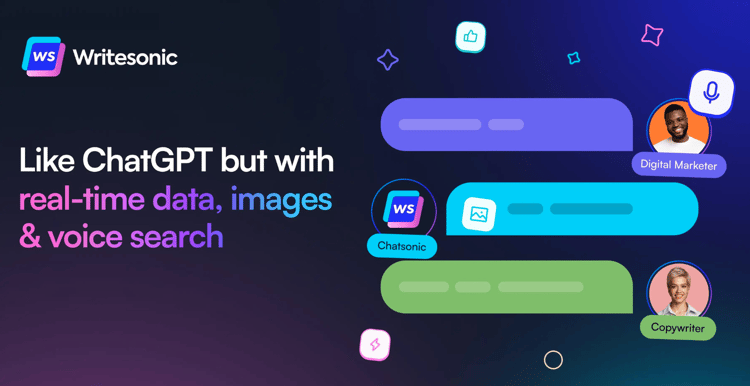
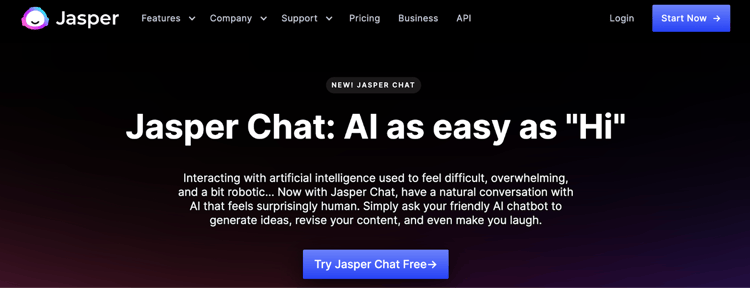
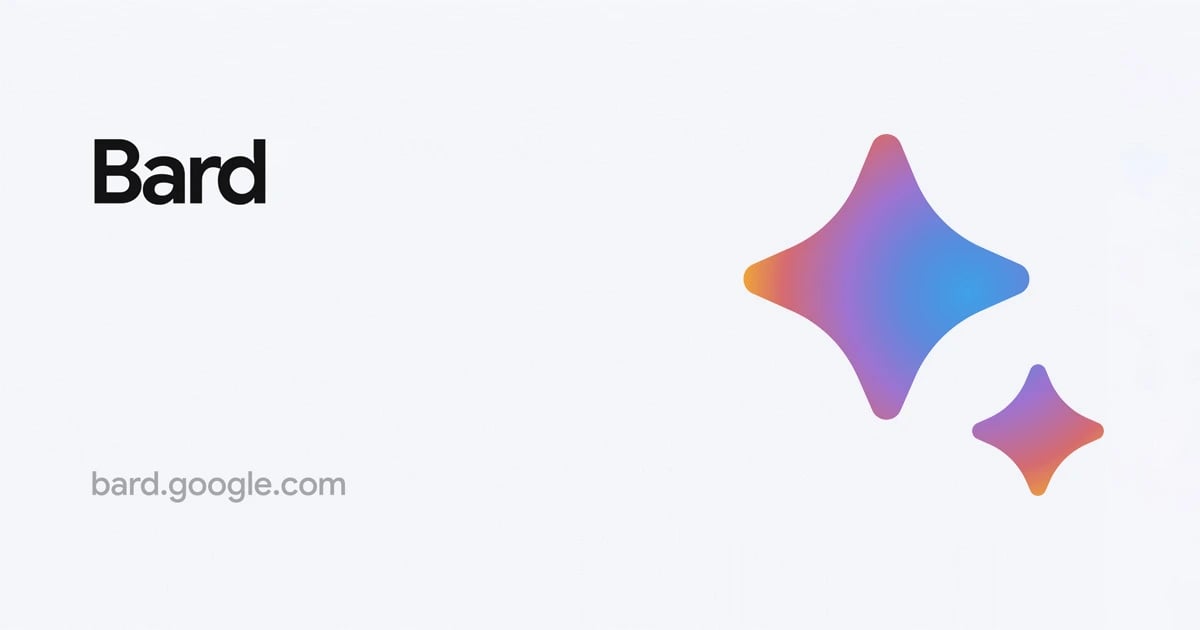
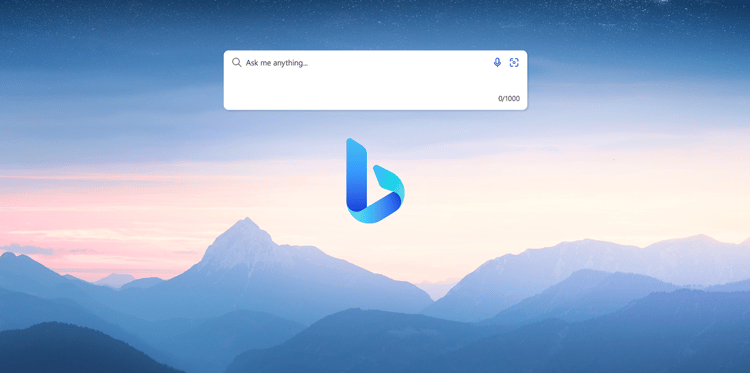


.png?width=2136&height=640&name=AIB%20PB%20(1).png)

